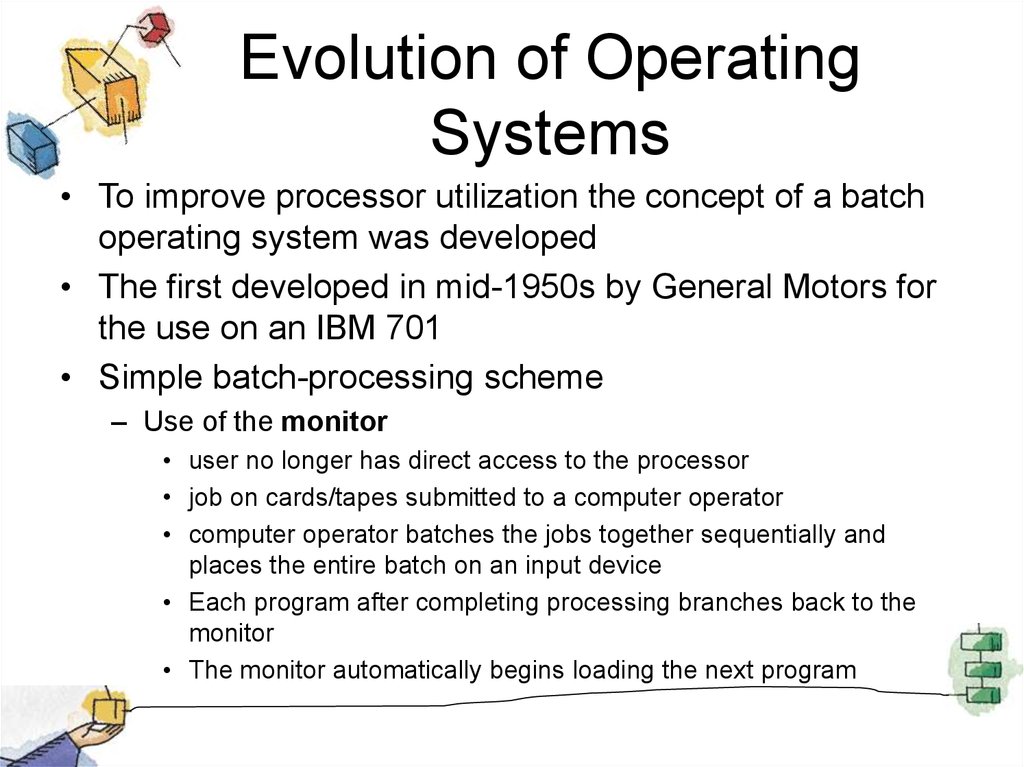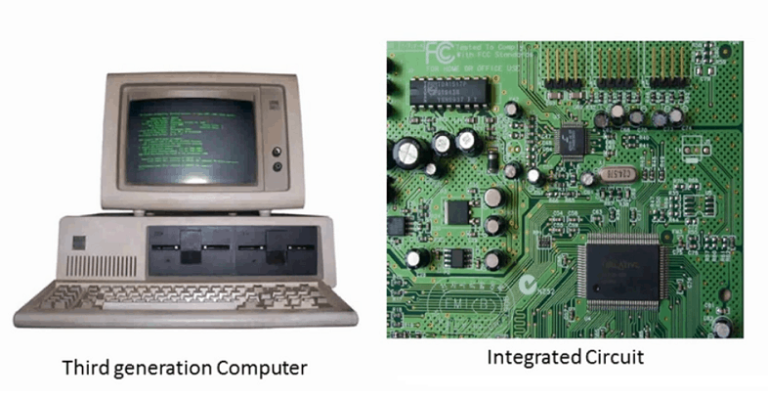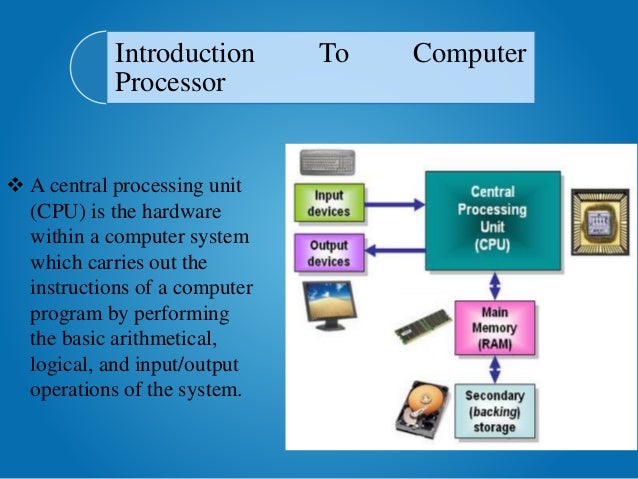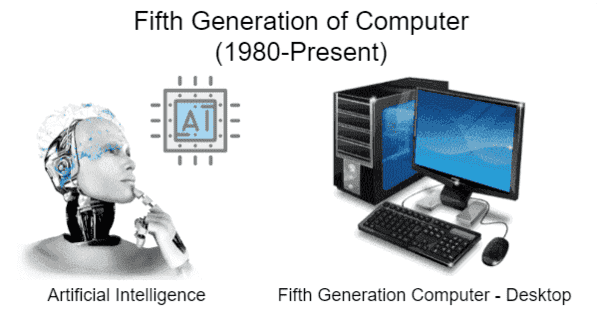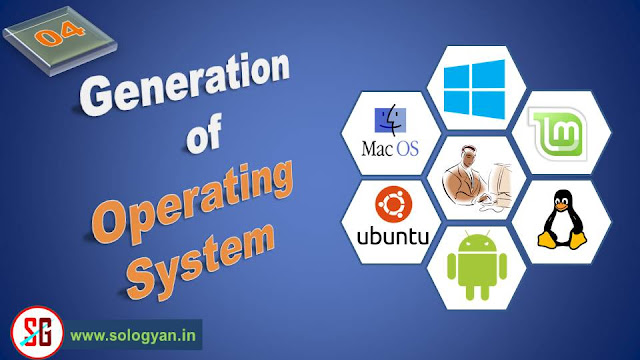Generation Of Operating System Presentation
| Introduction to Operating System Generation | ||
|---|---|---|
| Operating system generation refers to the evolution and development of operating systems over time. Each generation represents a significant advancement in technology and features. Different generations of operating systems have distinct characteristics and capabilities. | ||
| 1 | ||
| First Generation Operating Systems | ||
|---|---|---|
| First-generation operating systems were developed in the 1950s and 1960s. These operating systems were primarily used on mainframe computers. They were simple and had limited functionality, mainly focused on batch processing. |  | |
| 2 | ||
| Second Generation Operating Systems | ||
|---|---|---|
| Second-generation operating systems were developed in the 1960s and 1970s. These operating systems introduced the concept of time-sharing, allowing multiple users to access the system simultaneously. They also introduced the use of high-level programming languages and improved memory management. | ||
| 3 | ||
| Third Generation Operating Systems | ||
|---|---|---|
| Third-generation operating systems were developed in the 1970s and 1980s. These operating systems were designed for personal computers and introduced graphical user interfaces (GUIs). They also provided multitasking capabilities, allowing users to run multiple applications simultaneously. | ||
| 4 | ||
| Fourth Generation Operating Systems | ||
|---|---|---|
| Fourth-generation operating systems emerged in the late 1980s and early 1990s. These operating systems focused on improving performance and efficiency. They introduced features like virtual memory, file systems, and networking capabilities. | ||
| 5 | ||
| Fifth Generation Operating Systems | ||
|---|---|---|
| Fifth-generation operating systems are currently being developed and refined. These operating systems aim to provide seamless integration between different devices and platforms. They focus on artificial intelligence, machine learning, and advanced security features. | ||
| 6 | ||
| Key Features of Operating System Generations | ||
|---|---|---|
| Each generation builds upon the features and capabilities of the previous one. New generations often introduce improved user interfaces and increased efficiency. Security and stability are key considerations in the development of operating systems. | ||
| 7 | ||
| Impact of Operating System Generations | ||
|---|---|---|
| Operating system generations have revolutionized the way we interact with computers. They have enabled the development of more complex and powerful applications. Each generation has contributed to the advancement of technology and computing capabilities. | ||
| 8 | ||
| Challenges in Operating System Generation | ||
|---|---|---|
| Developing new operating system generations requires extensive research and collaboration. Compatibility issues may arise when transitioning from one generation to another. Ensuring backward compatibility with older applications and systems can be a challenge. | ||
| 9 | ||
| Conclusion | ||
|---|---|---|
| Operating system generation is an ongoing process that continues to shape the technology landscape. Each generation brings new features, improved performance, and enhanced user experiences. The evolution of operating systems is driven by the need for increased efficiency, security, and seamless integration. | ||
| 10 | ||
